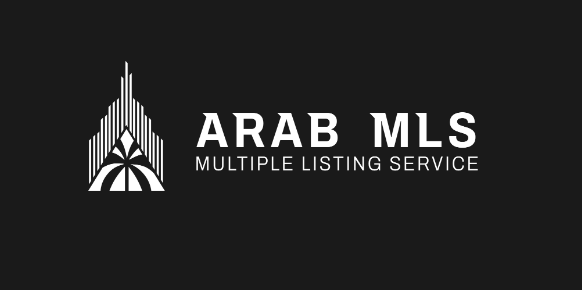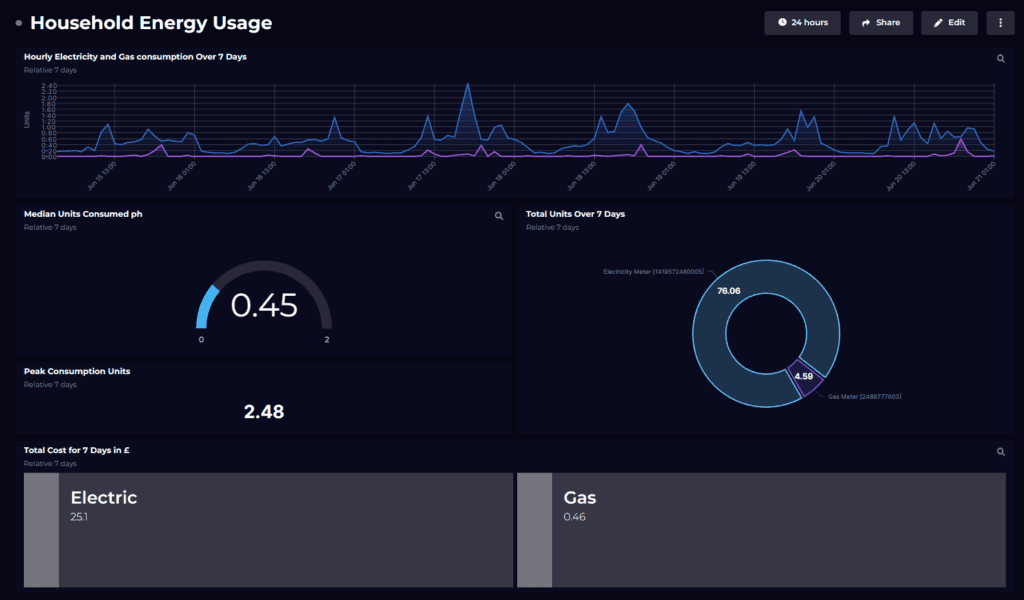The real estate industry depends heavily on technology to streamline processes, enhance collaboration, and ensure data accessibility. One of the core systems powering this technological infrastructure is the Multiple Listing Service (MLS). However, as MLS platforms expand to serve more agents, brokers, and third-party tools, system integration becomes a major technical and strategic challenge.
System integration refers to the process of connecting various software applications, databases, and tools so they can work together as a unified system. In the MLS context, this might involve integrating listing databases, customer relationship management (CRM) systems, public record data, mobile applications, analytics tools, virtual tour platforms, and more.
Although the goal is seamless connectivity and better user experiences, achieving this is easier said than done. Below, we’ll explore the primary challenges MLSs face with system integration and what it means for stakeholders across the real estate ecosystem.
Complexity of Multiple Data Sources
MLS systems gather and manage large volumes of data from different sources. This includes property listings, pricing history, tax records, zoning data, and images or videos. Each of these data streams may come in different formats, structures, or update intervals.
Integrating such data sources into one coherent system is complex because they often lack consistency. For instance, public records may categorize property types differently than how agents do in the MLS. A lack of standardized fields and formats can lead to mismatched data, broken queries, or inaccurate search results.
Efforts by organizations like RESO (Real Estate Standards Organization) have helped by creating guidelines like the RESO Data Dictionary and RESO Web API, which encourage consistency. Still, many MLSs operate legacy systems that don’t fully align with these standards, causing integration difficulties.
Legacy Systems and Outdated Technology
Many MLSs still run on older technology platforms that were not designed for modern integration practices. These legacy systems may use outdated protocols, lack API support, or be difficult to customize.
Trying to connect modern applications to such platforms often leads to compatibility issues. Developers may have to build custom connectors, rely on outdated data feeds like RETS (Real Estate Transaction Standard), or face restrictions on data access.
Moreover, updating or replacing these systems can be expensive and disruptive. As a result, many MLSs adopt a patchwork of solutions that create more integration problems down the line.
Vendor Lock-in and Proprietary Systems

In some cases, MLSs rely on software vendors that provide integrated services under one proprietary system. While this can simplify operations in the short term, it may limit flexibility in the future.
If the vendor doesn’t offer open APIs or support third-party tools, the MLS becomes locked into a closed ecosystem. Adding new features, integrating with external services, or switching providers becomes difficult and expensive.
This lack of interoperability restricts innovation and can frustrate users who want to use tools of their choice — for example, connecting their favorite CRM system or launching a mobile app with advanced features.
Data Privacy and Security Concerns
MLS platforms handle sensitive and regulated data, including property histories, agent credentials, financial details, and customer information. Every integration adds a new point of entry into the system, which can increase the risk of data breaches or unauthorized access.
Ensuring that integrated systems follow security best practices is critical. MLSs must confirm that each vendor or service they connect to complies with privacy regulations and implements strong data protection protocols.
Failing to do so can lead to regulatory violations, legal liabilities, or loss of trust among users. These concerns often slow down integration projects, as compliance reviews and data agreements need to be negotiated and enforced.
Real-Time Data Synchronization
Real-time access to data is increasingly important in real estate. Buyers want instant updates on listings, and agents need fast access to changes in market conditions. But integrating multiple systems and ensuring they stay synchronized in real-time is technically challenging.
Issues often arise when systems update at different intervals or follow different data validation rules. For example, an external CRM may record a listing update before the MLS system confirms it. This can lead to inconsistent or outdated information being shown to users.
Real-time integration requires robust APIs, fast data pipelines, and careful monitoring to catch and fix synchronization problems quickly. Many MLS platforms are still working to build or refine this capability.
High Cost and Resource Requirements
System integration often requires specialized development skills, ongoing maintenance, and thorough testing. For MLSs with limited technical teams or tight budgets, integration projects can be slow, expensive, or prone to delays.
In addition to upfront costs, MLSs must invest in documentation, training, and technical support to ensure that integrated tools function properly and users can take full advantage of them.
This becomes even more complex when integrating with multiple external systems — each with its own support team, update cycle, and configuration quirks.
Inconsistent Business Rules
MLS platforms often operate under unique rules and policies based on regional preferences or association requirements. These rules affect how listings are entered, displayed, syndicated, or removed.
When integrating with third-party systems — such as national portals, property valuation tools, or mortgage calculators — these rules can cause conflicts. For example, a rule that mandates listings be removed after 30 days may not align with how a third-party tool stores or presents data.
Ensuring that all systems respect and follow the same business rules is difficult and sometimes requires custom logic or manual interventions. Without careful management, this leads to user confusion, compliance violations, or even data loss.
Limited Standardization Among MLSs
Even with RESO standards, full standardization across all MLSs remains a work in progress. Different MLSs may interpret data fields differently, use custom fields, or support varied feature sets.
This lack of consistency becomes a significant hurdle when integrating with national tools or aggregating data across multiple MLSs — such as in multi-region brokerage platforms or nationwide real estate portals.
Vendors trying to serve multiple MLSs must build multiple configurations and custom mappings, which increases cost and complexity. This is one reason why national real estate search platforms sometimes show inconsistent data quality across regions.
Change Management and User Resistance
Technology upgrades and system integrations inevitably change the way users interact with the MLS platform. Some users may resist these changes, especially if they are unfamiliar with new tools or skeptical of their value.
Training, documentation, and clear communication are essential for smooth rollouts. MLS providers must plan for user adoption and offer adequate support during and after the integration process.
Neglecting this aspect can lead to poor usage of new features, increased support requests, or dissatisfaction among agents and brokers who rely on the system daily.
Integration Testing and Ongoing Maintenance
Even after integration is completed, the work is far from over. All systems need to be tested regularly to ensure they continue working correctly as updates roll out. APIs can break, services may go offline, or data schemas can change.
MLS platforms must set up testing environments, automated monitoring, and fallback systems to detect and resolve issues before they affect users. This requires ongoing investment and collaboration between the MLS and its integration partners.
Without regular maintenance, even well-integrated systems can degrade over time and introduce errors or inefficiencies into critical processes.
Best Practices to Overcome Integration Challenges
While the challenges are real, many MLSs are successfully building modern, integrated platforms by following a few proven strategies:
- Adopt open standards like RESO Data Dictionary and Web API wherever possible.
- Choose vendors that support interoperability and offer well-documented APIs.
- Prioritize modular platform design to isolate and manage integrations more effectively.
- Allocate dedicated resources to testing, monitoring, and support.
- Work closely with legal and security teams to address privacy and compliance.
- Offer clear training and change management support to ease user transitions.
By taking a thoughtful and strategic approach, MLSs can reduce integration friction and build more responsive, feature-rich systems that better serve users.
Conclusion
System integration in MLS platforms is both essential and challenging. As technology continues to evolve and user expectations rise, the ability to connect tools, data, and services smoothly becomes a competitive advantage.
While MLSs face obstacles like legacy systems, inconsistent standards, and high integration costs, there are clear paths forward. By embracing modular design, prioritizing open standards, and planning carefully for security, testing, and user experience, MLS platforms can meet modern demands while staying adaptable for the future.
In the long term, effective system integration leads to better service for real estate professionals, smoother transactions for buyers and sellers, and a stronger foundation for innovation across the industry.













